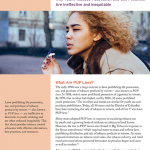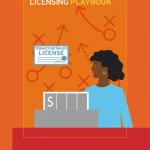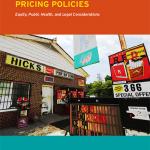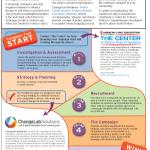Tobacco 21 Model Policy
Preventing early addiction by banning tobacco sales to youth under 21
Commercial tobacco use remains the single greatest cause of preventable death in the United States, responsible for killing nearly 500,000 Americans every year. Youth access to tobacco products compounds this problem because young people exposed to nicotine are particularly likely to become lifelong users. Indeed, nearly 95% of people who smoke tobacco start by age 21.
State and local laws that raise the minimum legal sales age for tobacco products to 21 can reduce the number of young people using tobacco products and, in turn, reduce their risk of addiction, disease, and premature death. Given racial and socioeconomic disparities in tobacco use and tobacco-related harm, Tobacco 21 policies may also help reduce tobacco-related health inequities.
Created by a consortium of national public health organizations, this model ordinance can assist states, counties, and municipalities that are considering raising the minimum legal sales age for tobacco products. Significantly, this model ordinance does not penalize underage young people who possess, use, or purchase tobacco products. Instead, the model ordinance places responsibility for preventing tobacco sales to youth on the business owners who profit from selling tobacco. ChangeLab Solutions’ fact sheet PUP in Smoke provides additional information on why penalties for youth possession, use, and purchase of tobacco are ineffective and inequitable.
For more information on Tobacco 21 laws, see the Preventing Tobacco Addiction Foundation’s Tobacco 21 website and the Campaign for Tobacco-Free Kids’ resources.








